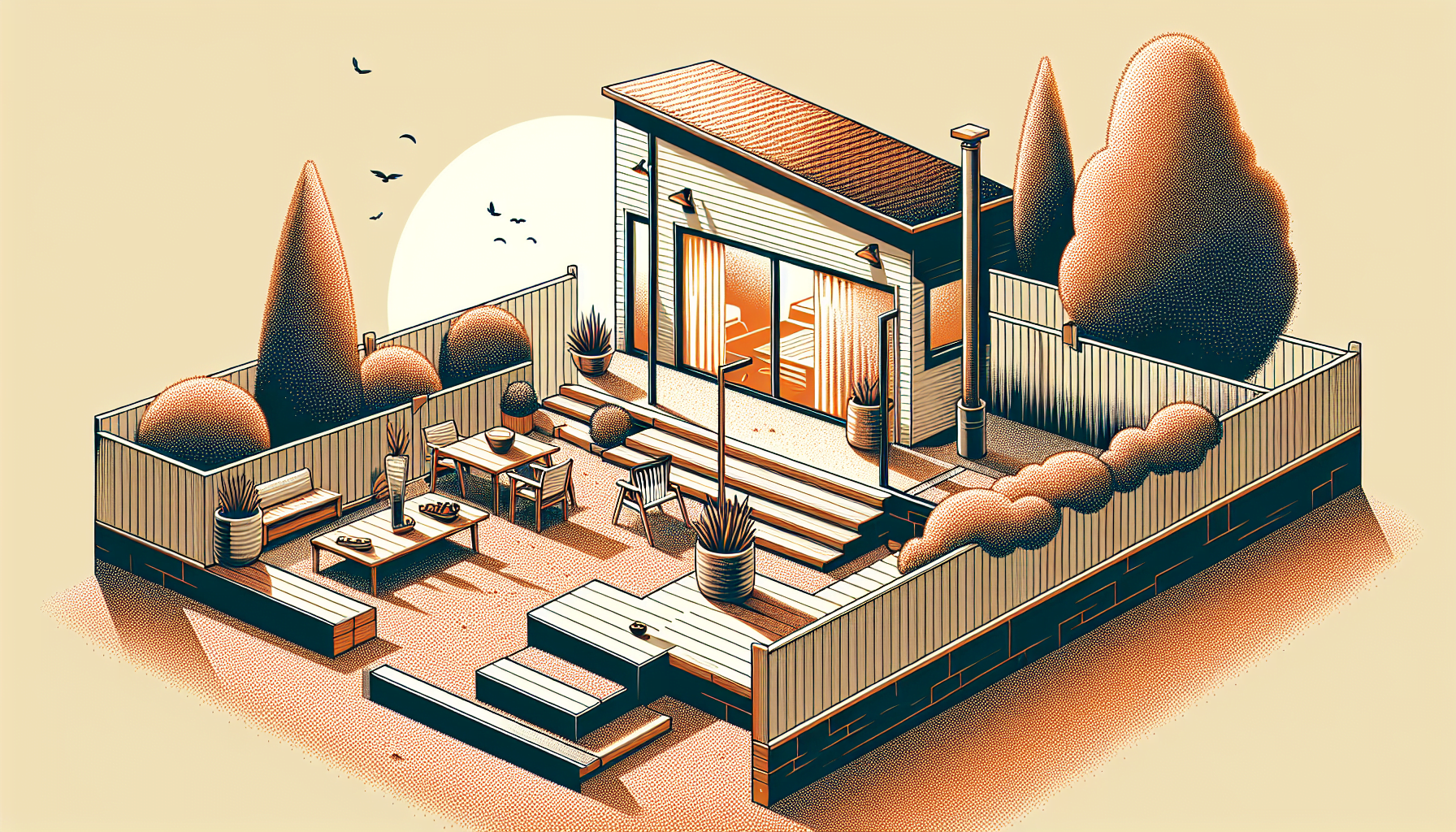Pea gravel is an excellent choice for backfilling around geothermal heating systems. Imagine you’ve just invested in a state-of-the-art geothermal system, only to realize that the backfill material you choose could make or break its efficiency. It’s a common oversight that can lead to headaches down the road.
This isn’t just about filling space; it’s about creating a stable and efficient environment for your eco-friendly investment. I’ve seen the difference the right materials can make, and I’m here to guide you through it.
With a focus on the practical and the sustainable, we’ll explore how pea gravel not only meets your system’s needs but also aligns with your environmental values. Let’s dive into the world of backfilling and unearth the benefits that pea gravel can offer to your geothermal setup.

The Benefits of Pea Gravel as Backfill Material for Geothermal Heating Systems

Optimal Drainage: Why Pea Gravel Reigns Supreme
You’re considering a geothermal heating system for your eco-friendly home, right? Let’s talk about backfilling. Specifically, pea gravel. It’s not just about filling a hole; it’s about ensuring longevity and performance. Pea gravel’s size and shape allow water to flow freely around your geothermal pipes. This means less water stress and more consistent temperatures. It’s like choosing the right kind of soil for a plant. Get it wrong, and you’re in for a world of issues. But with pea gravel, you’re setting up for success.
Cost-Effective and Budget-Friendly Backfilling
Now, let’s talk money. You care about the environment, but you also care about your wallet. Pea gravel is your ally. It’s abundant and doesn’t cost an arm and a leg. By choosing pea gravel, you’re opting for a material that won’t break the bank now or later. It’s like buying in bulk – you save upfront and avoid costly repairs down the line. Plus, it’s a natural insulator, which means energy savings. And who doesn’t love saving on energy bills?
Ease of Use: A DIY Dream
You’re a hands-on person, aren’t you? Pea gravel is incredibly user-friendly. It’s lightweight, easy to pour, and doesn’t require specialized equipment. Imagine filling a sandbox – that’s how straightforward it is. This means you can potentially handle the backfilling yourself. It’s a weekend project that won’t leave you with a sore back. And if you’re not the DIY type, it’s easier for the pros too, which can mean lower labor costs.
Durability That Lasts
Durability is key. You want something that stands the test of time. Pea gravel doesn’t disappoint. It doesn’t decompose or compact over time, unlike organic materials. Think of it as the stainless steel of backfill materials – it’s there for the long haul. This means your geothermal system is cushioned and protected year after year, through every season. It’s the guardian of your green investment.
The Eco-Friendly Choice
In the context of HeatFromBelow.com, where you’re seeking sustainable solutions, pea gravel is a smart choice. It aligns with your values and serves your geothermal heating system efficiently. It’s a simple, yet powerful way to back your commitment to a greener world.
How to Backfill with Pea Gravel for Geothermal Heating Systems

Trench Preparation: The Foundation of Success
Before you even think about pouring pea gravel, you’ve got to prep your trench. Imagine it’s like setting the stage for a play – everything needs to be in place. You’re aiming for a smooth, flat surface. Remove any debris, roots, or large rocks. This isn’t just about aesthetics; it’s about creating a stable base for your geothermal pipes. A well-prepped trench means fewer headaches down the line.
Layering Gravel: The Art of Precision
Now, let’s talk about layering that pea gravel. You’re not just dumping it in; you’re crafting layers. Think of it like lasagna – each layer supports the next. Start with a thin layer, spread it evenly, and ensure it’s level. This isn’t just for looks; it’s of the essence for the thermal conductivity of your geothermal system. A uniform layer means consistent support and heat distribution.
Compacting Gravel: Solid as a Rock
Once your first layer is down, it’s time to compact. You’re aiming for solidity, like pressing down the earth itself. Use a hand tamper or a plate compactor for larger areas. This step is like a firm handshake – it’s all about making a solid impression. Compacting ensures your pea gravel won’t settle unevenly, which could spell disaster for your geothermal pipes.
Finishing with Soil Compaction: The Final Seal
After your pea gravel is compacted, cap it off with soil. This isn’t just throwing dirt on top; you’re sealing your work. Compact the soil as you did with the gravel. It’s like signing off on a job well done. This final layer protects your geothermal system from the elements and ensures everything stays where it should.

